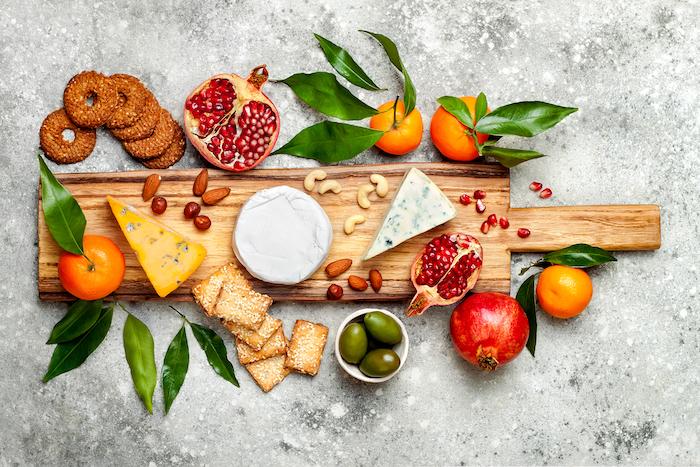Enormous boards covered with wedges of cheese, delicate meats, and colorful fruits are trending. Instead of spending hours cooking, assembling a cheese board—as simple or extravagant as you wish—is a quick and easy way to bring people together to share the tasting experience. They’re both visually pleasing—as much so on your kitchen table as on your Instagram feed—and easy to build.
Still, the variety of cheeses and supplements, along with the process of laying them all out on a board, can overwhelm a beginner. Where to start?






